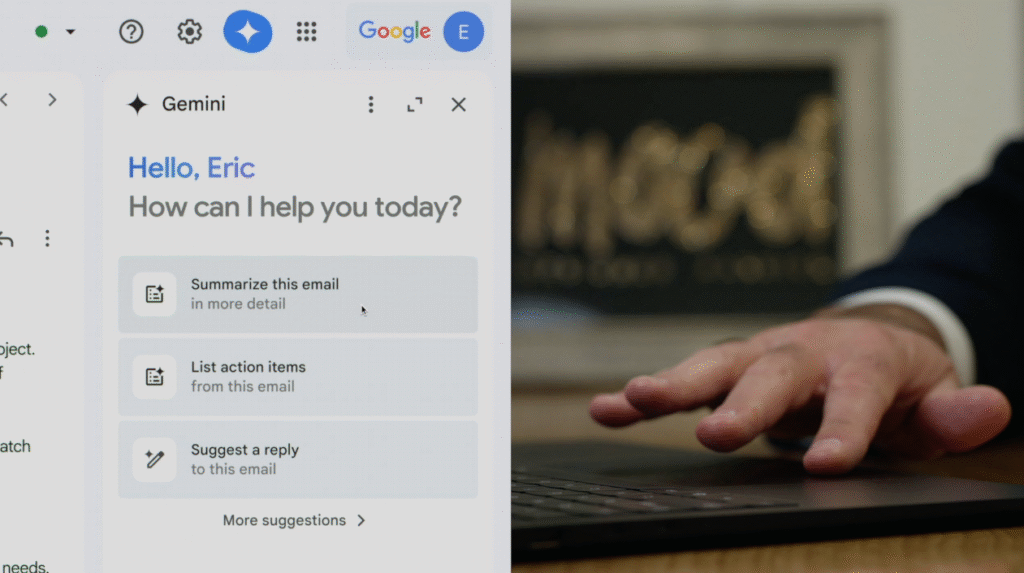As small businesses increasingly adopt artificial intelligence (AI) tools to enhance efficiency and productivity, understanding the landscape of available automation platforms becomes imperative for leaders in this sector. Recent reports indicate that approximately 40% of small businesses are integrating AI into their operations. This shift raises important questions about which platforms to utilize, how they stack up against each other in terms of strengths and weaknesses, and how best to leverage these technologies for maximum ROI and scalability.
When examining automation tools, two prominent names emerge: Make and Zapier. Both platforms facilitate task automation through integrations, but they come with distinct advantages and disadvantages. Zapier is known for its user-friendly interface and extensive library of integrations, boasting connections with over 6,000 apps. This breadth allows small businesses to automate workflows quickly without requiring coding skills. However, the cost structure can be a deterrent; while it starts with a free tier, scaling up for more advanced capabilities can be expensive, particularly for growing businesses that need more tasks and premium features.
In contrast, Make tends to offer more complex automation possibilities, suitable for businesses that require intricate workflows. Its visual builder allows users to map out detailed processes, which can lead to richer automation scenarios. Make pricing is generally more competitive for users with advanced needs, yet the learning curve is steeper. For leaders and automation specialists, deciding between these platforms often hinges on the specific needs of their business. If quick and straightforward automation is paramount, Zapier may be the go-to. However, for those that require more robust and tailored solutions, Make presents a compelling alternative.
Another critical area of AI application revolves around natural language processing (NLP) technologies, notably platforms like OpenAI and Anthropic. OpenAI has established a reputation for its advanced language models and is known for flexibility and broad applicability in various domains, from customer service chatbots to content generation tools. Its capacity for building sophisticated applications, paired with a strong community and extensive documentation, makes it attractive for businesses looking to implement NLP solutions.
Conversely, Anthropic focuses on safety and ethical considerations in AI, positioning itself as a leader in developing AI models that prioritize user intent and mitigate hallucinations—one of the major challenges in language models. The platform emphasizes controllability and user alignment, which is particularly appealing for businesses concerned about the implications of deploying AI without rigorous governance. However, a potential downside for Anthropic lies in its relatively newer market presence, which may limit the immediate utility for organizations dependent on well-established tools.
To maximize ROI, companies must not only consider the costs associated with these platforms but also the potential value they unlock. For instance, while advanced automation and NLP solutions may require initial investment, their long-term benefits can be substantial. Estimates suggest that businesses leveraging AI for customer interactions can expect a return on investment of up to 300% due to improved customer satisfaction and decreased operational costs. Thus, selecting tools that align with business goals is crucial. An analytics approach, scrutinizing metrics like customer engagement and task completion rates before and after implementation, can provide invaluable insights into the effectiveness of chosen platforms.
Scalability also plays a vital role in the decision-making process. Both Zapier and Make offer scalable solutions, but businesses must contemplate their projected growth trajectory. If rapid scaling is on the horizon, Zapier’s ease of integration with a vast array of applications may provide immediate benefits. However, if the organization’s workflows require sophisticated automation, a more robust solution like Make could be necessary in the long run, despite initial challenges in learning and implementation.
In the realm of NLP, OpenAI can rapidly accommodate volume increases in customer interactions without substantial reevaluation of infrastructure, making it an effective choice for companies anticipating significant growth. Anthropic, on the other hand, may require businesses to invest time in ensuring that ethical guidelines effectively align with scaling practices, but its emphasis on user-oriented AI may lead to greater customer loyalty, thus enhancing long-term sustainability.
In summary, small business leaders and automation specialists stand at a crossroads of opportunity in the rapidly evolving landscape of AI tools. Tools like Make and Zapier offer diverse strengths tailored to specific automation needs, while OpenAI and Anthropic showcase differing priorities in the deployment of NLP technologies. Ultimately, the choice of platform will depend on each organization’s unique requirements, projected growth, and willingness to adapt to complex systems.
FlowMind AI Insight: As businesses navigate the integration of AI into their operations, focusing on detailed requirements and evaluating both immediate and long-term impacts will be crucial. The right platform can yield significant rewards, making it an essential investment in a rapidly changing market landscape.
Original article: Read here
2025-02-04 08:00:00

